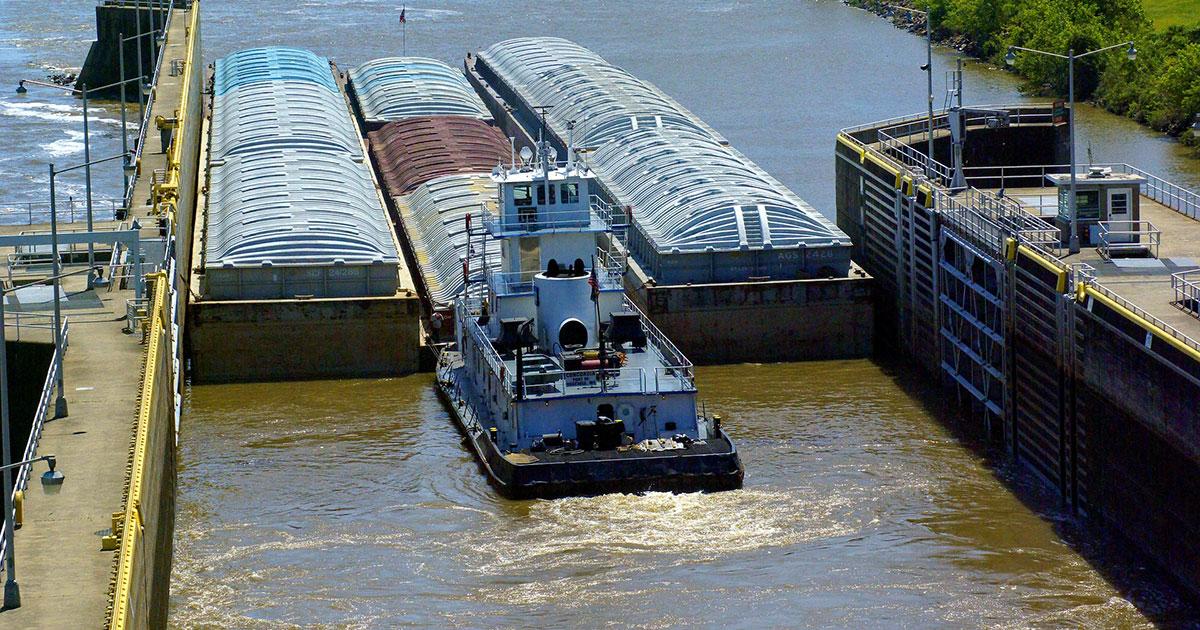Dubbed the 'honeypot effect' -- a team of scientists from around Australia have shown that providing woody habitat, or 'snags', for native fish in the Murray River increases their population size.
In a paper released today in the scientific journal Ecological Applications, Dr Jarod Lyon from the Arthur Rylah Institute and his team describe studying 110 km of the Murray River over seven years, installing more than 4450 'snags' and analysing more than six million records of tagged fish.
"We found a three-fold increase in the abundance of Murray cod, and a doubling of abundance of golden perch, in the reach of river where habitat restoration was done compared to sites where habitat remained constant," says Dr Lyon.
"In addition, abundances of the target species in the nearby reference sites remained stable, indicating that the numbers of fish across the whole study area had increased, rather than just the same fishes just moving around."
A team of scientists from the Arthur Rylah Institute, University of Melbourne, University of Canberra, the Federal Government, and Flinders University employed a range of methods to track the fish populations over time, including electrofishing surveys, mark-recapture, and telemetry tracking.
Collaborator Professor Corey Bradshaw from Flinders University, says relevant government bodies and authorities are more likely to take habitat-restoration options seriously because of the proven effectiveness.
"Restoring degraded freshwater ecosystems like the embattled Murray-Darling Basin is an expensive and colossal task, so knowing that our restoration attempts actually work to increase the number of native fish gives us hope that we can keep these unique species around well into the future."
Anglers also provided important data by sharing their catch records within a valuable science citizen-science program.
"These results give great confidence to river managers that installing woody habitat really does help native fish populations thrive, and delivers substantial benefits to the communities using them," says Dr Lyon.
"Under most climate-change scenarios, we are looking at a future where there will be increased pressure on Australia's limited water resources."
"We need to look at a range of options for restoring fish populations in our waterways -- it will take a mix of interventions to do this, and it is vital for managers to know that we can apply habitat restoration that works."
The large-scale, long-term study also provides a valuable and useful example of how experts can assess other interventions in our rivers, such as installing fish passage or delivering water for the environment, all of which are designed to support better, healthier, thriving native fish populations.
Story by Flinders University
Journal Reference:
Jarod P. Lyon, Tomas J. Bird, Joanne Kearns, Simon Nicol, Zeb Tonkin, Charles R. Todd, Justin O'Mahony, Graeme Hackett, Scott Raymond, Jason Lieschke, Adrian Kitchingman, Corey J. A. Bradshaw. Increased population size of fish in a lowland river following restoration of structural habitat. Ecological Applications, 2019; e01882 DOI: 10.1002/eap.1882



